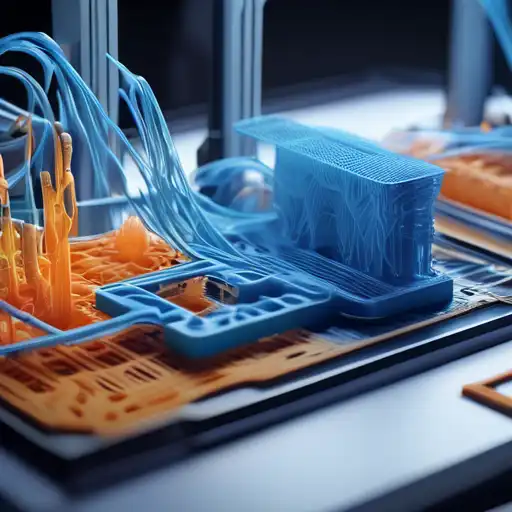Introduction to 3D Printing
3D printing, also known as additive manufacturing, is a process of creating three-dimensional objects from a digital file. This innovative technology builds objects layer by layer, offering unparalleled flexibility in design and production. From prototyping to full-scale manufacturing, 3D printing is revolutionizing industries worldwide.
The Process Behind 3D Printing
The journey of 3D printing begins with a digital model, typically created using computer-aided design (CAD) software. This model is then sliced into thin layers by specialized software, which the 3D printer reads to construct the object layer by layer. Materials used can range from plastics and metals to ceramics and even biological materials, depending on the application.
Applications of 3D Printing
3D printing has found applications in a myriad of fields. In the medical industry, it's used for creating prosthetics and even bioprinting tissues. The automotive and aerospace sectors utilize 3D printing for lightweight parts, reducing fuel consumption. Furthermore, the construction industry is exploring 3D printing for building homes, showcasing the technology's versatility.
Benefits of 3D Printing
- Customization: 3D printing allows for high levels of customization without additional costs.
- Speed: Prototypes can be produced rapidly, accelerating the development process.
- Waste Reduction: Additive manufacturing minimizes waste by using only the necessary material.
- Complexity for Free: Complex designs do not incur extra costs, enabling intricate geometries.
Challenges and Future Directions
Despite its advantages, 3D printing faces challenges such as material limitations and high costs for industrial-grade printers. However, ongoing research and development are paving the way for more sustainable materials and cost-effective solutions. The future of 3D printing promises further integration into mass production and even space exploration, where it could be used to manufacture parts on-demand.
Conclusion
3D printing is not just a technological innovation; it's a paradigm shift in how we conceive manufacturing and design. As the technology continues to evolve, its potential to transform industries and improve lives is boundless. The future is being created layer by layer, and 3D printing is at the forefront of this revolution.
